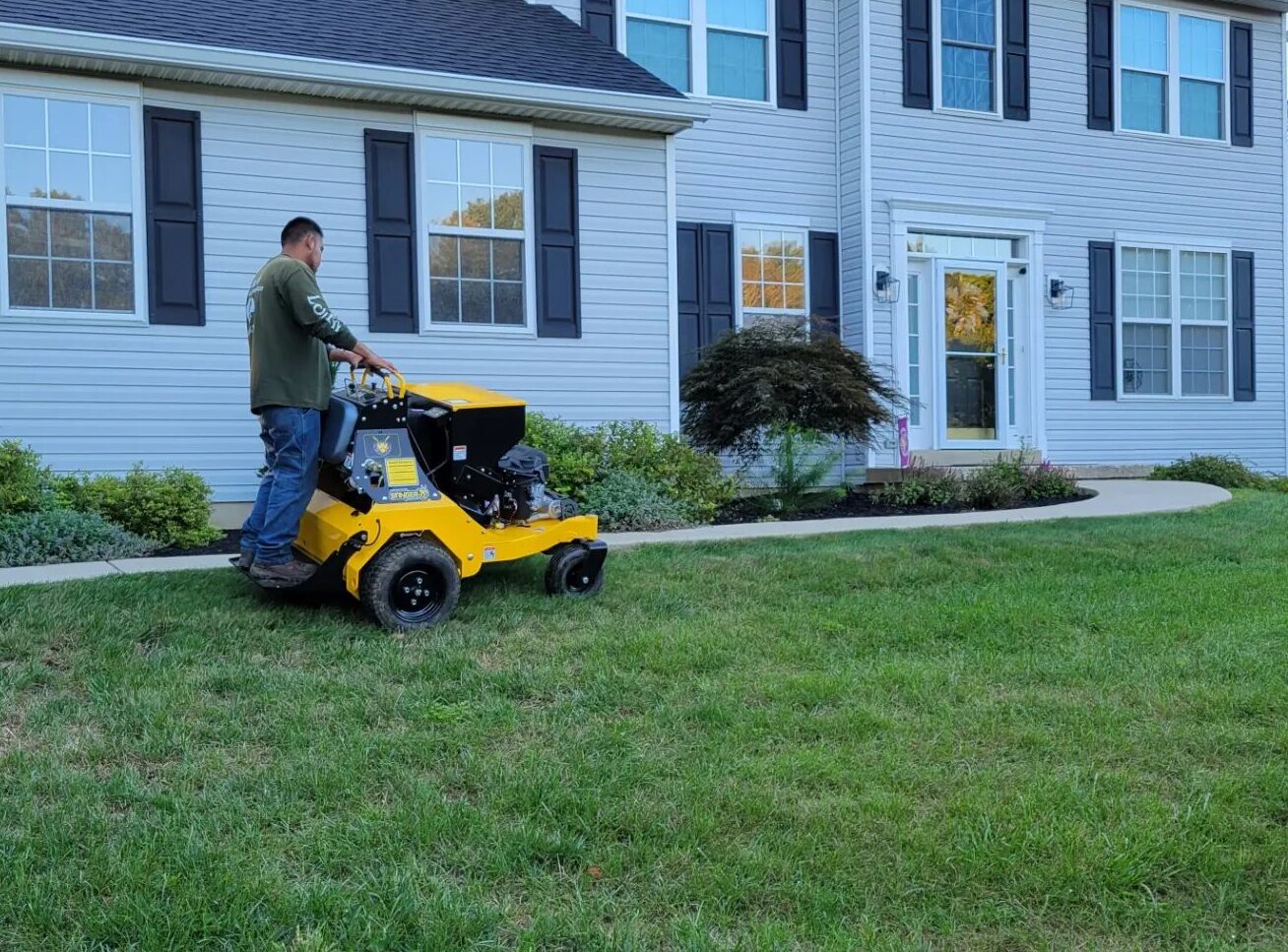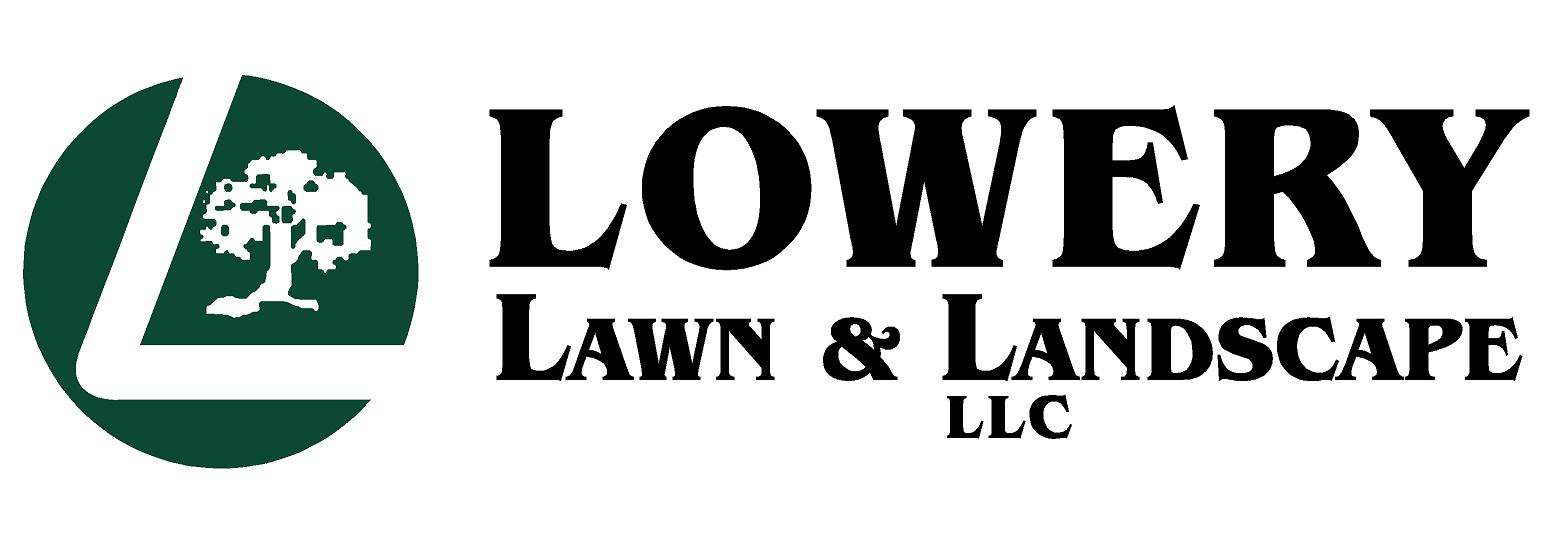Home > Services
Turf Grass Renovation & Installation
Turf Grass Renovation & Installation in West Chester, PA
A lush, healthy lawn is the foundation of any beautiful landscape. At Lowery Lawn and Landscape, we specialize in turf grass renovation and installation services in West Chester, PA, helping you achieve the vibrant, green lawn you’ve always wanted.

Seeding
For many homeowners, seeding is a more cost-effective alternative to sod installation, though it requires patience to see the results. Unfortunately, some contractors use inferior materials, leading to disappointing outcomes. Common mistakes include using rye grass or blends heavy in rye, which germinate quickly but are more prone to disease and drought, and top dressing with straw, which can introduce weed seeds into your lawn.
Our seeding process is carefully planned to avoid these issues:
- Seed Blend: We use a blend typically comprised of 80% fescue and 20% rye grass. The rye component ensures quick germination and soil retention, while the fescue or bluegrass blend creates a desirable, weed-free turf.
- Top Dressing: Instead of straw, we top dress with salt hay, which contains no weed seeds and protects the new seed from erosion and animals. Although slightly more expensive, salt hay is a superior choice for achieving a clean, healthy lawn.
Aeration & Overseeding
Over time, soil can become compacted due to mowing and other activities, preventing water, oxygen, and nutrients from reaching the roots of your grass. Core aeration is essential for reversing soil compaction and promoting a healthy, thriving lawn.
Aeration creates small holes in the soil, allowing it to breathe and absorb nutrients more effectively. Overseeding, particularly when done in the fall alongside aeration, helps to thicken your turf and outcompete weeds and disease naturally. This reduces the need for fertilizers, herbicides, and other chemicals, making it the single best investment you can make in your lawn’s health.
Yearly aeration and overseeding are crucial for establishing thick, lush, deep green turf that can naturally resist weeds and thrive throughout the growing season.
Serving West Chester, PA, and Surrounding Areas
Lowery Lawn and Landscape proudly serves residential and commercial clients throughout West Chester, PA, and the surrounding Chester and Delaware Counties. Our commitment to quality service and customer satisfaction has made us a trusted name in landscape maintenance and turf grass renovation and installation.
